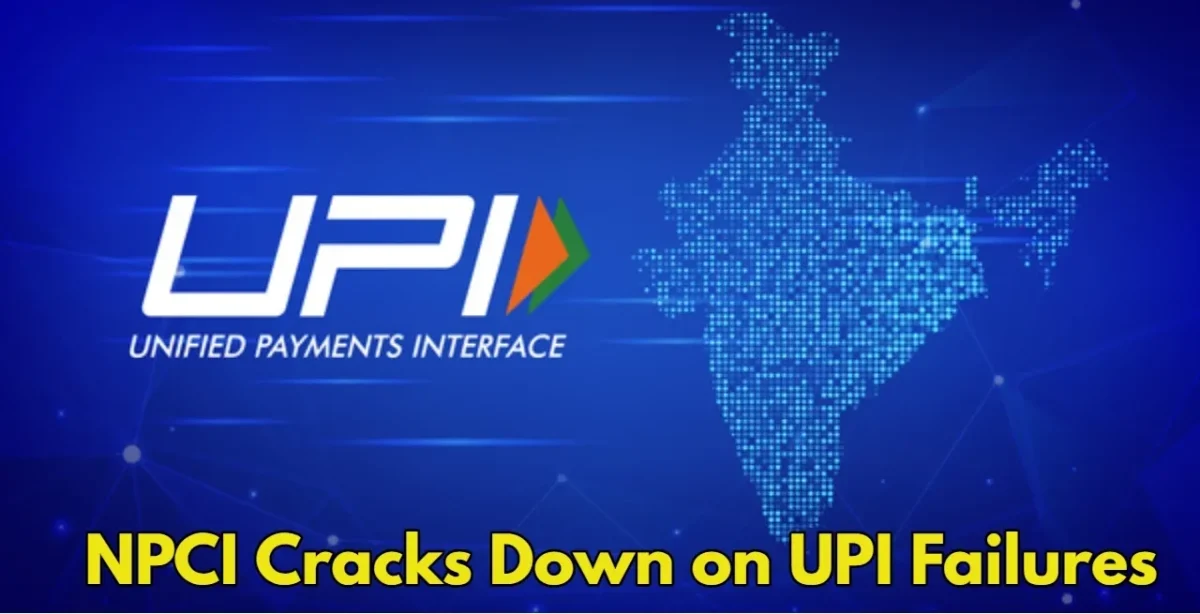Nowadays our life has become very dependent on digital transactions, and it has a huge hand of Unified Payments Interface (UPI). The number of transactions through UPI is skyrocketing. However, with this increasing popularity, a new problem has also arisen-the UPI repeatedly stuck or failed, which causes a lot of problems for users like us and you. But now there is a good news! The National Payment Corporation of India (NPCI), who runs UPI, has become very serious about this problem and has geared up to deal with it.
NPCI has released 10 new guidelines related to UPI Application Programming Interface (API) to banks. It is necessary to implement these guidelines by 31 July. Let us tell you that these APIs are the technical rules and methods through which there is a safe exchange of information between the system and UPI network of banks. So let’s understand what these new rules are and how will you get rid of the problem of UPI failure again and again.
Why did NPCI issue such strict instructions regarding UPI API?
According to the news of a well-known English newspaper, business standard, NPCI has clearly asked the UPI payment service companies and banks to keep a close watch on the use of their API and use them in a limited scope. Apart from this, NPCI has also directed to put ‘rate-limit’ (a fixed limit) on the number of API call (ie request through API).
The step is taken after an analysis taken last month. This analysis found that the banks were sending requests (API calls) like “check the status of the transaction” (API call) in such a number that the entire system was hanging or stuck. The NPCI has clearly warned in its circular that if these guidelines are not followed, the NPCI can ban the use of the respective payment service provider or the use of UPI API on the bank, impose fine, or also ban on connecting new customers.
All the members associated with the UPI and their partners will have to implement these new rules by 31 July. Earlier, last month also NPCI issued circulars to reduce the response (response time) and prevent their misuse. All these steps are being taken to reduce the pressure on the UPI system and make it more stable and reliable than before.
Banks will have to improve in their system
Experts believe that NPCI wants to reduce the burden on the UPI system through these measures, so that the problem of the UPI hanging or the failure of the transaction can get rid of the problem. However, to do this, banks and UPI service companies will have to make many significant changes in their existing systems.
These changes include controlling the number of API calls, avoiding non-essential calls and strengthening your technical system. These changes will ultimately give users like us to experience UPI transactions with more comfortable and untouched than before.
What does it mean to you?
As a common user, these new guidelines simply mean that in the coming time you will have to face less problems while doing UPI transactions. The system will be more stable and reliable than before, which will improve your digital payment experience. This is a very big and important step towards making India’s digital payment ecosystem stronger.
